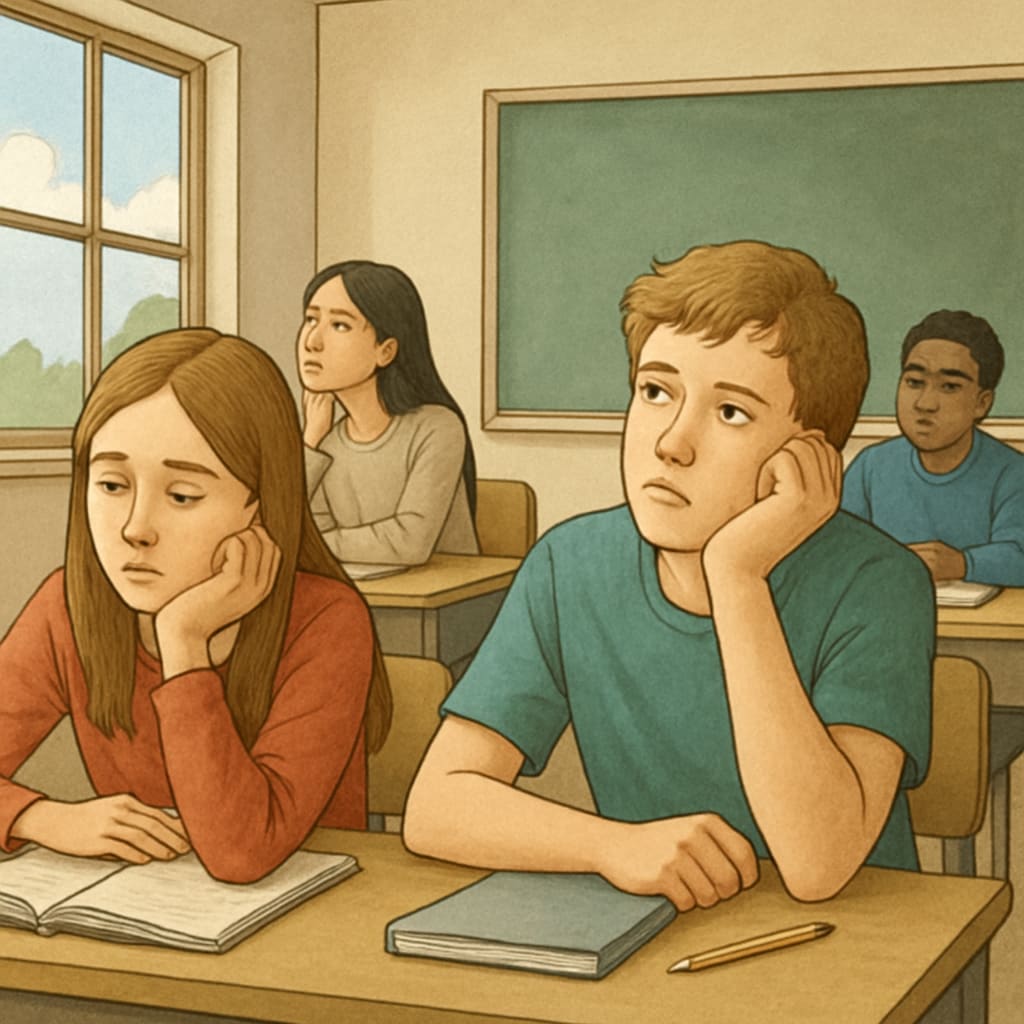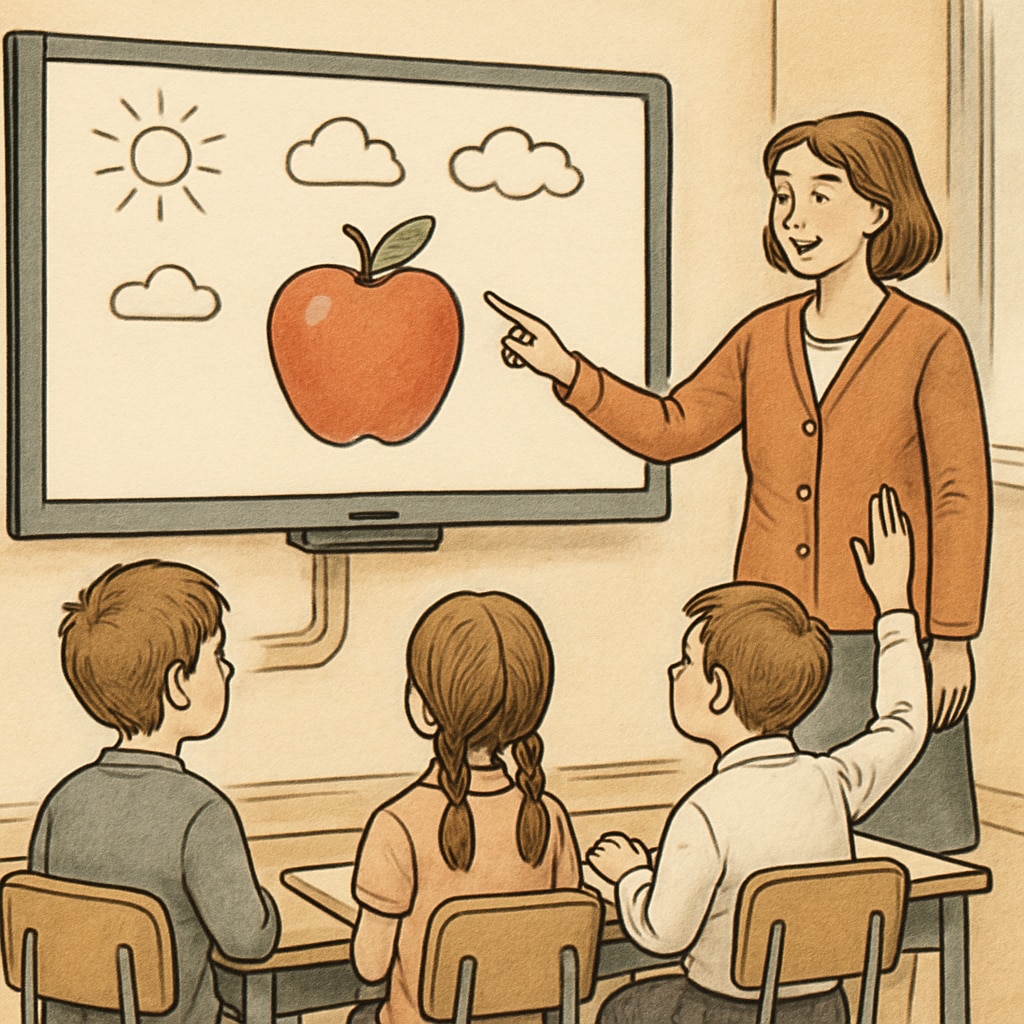Boredom in the classroom is a pervasive challenge in the educational environment, particularly in K-12 settings. Many students report feeling disengaged and uninterested during lessons, which negatively impacts their classroom experience and overall learning outcomes. Studies from various countries highlight that boredom is not only widespread but also deeply interconnected with factors such as teaching methods, curriculum design, and individual student characteristics. This article examines the underlying causes of student boredom in K-12 education and suggests actionable strategies for educators to address this issue effectively.
Understanding the Prevalence of Classroom Boredom
Classroom boredom is not an isolated phenomenon. Research indicates that a significant proportion of K-12 students experience boredom daily. For example, a 2020 report by the American Psychological Association found that over 40% of students felt disengaged during their lessons. Similarly, a global survey conducted by the OECD revealed that students across diverse educational systems frequently describe their learning environment as monotonous or uninspiring.
Several studies associate boredom with decreased academic performance, lower retention rates, and increased behavioral issues. These findings underscore the urgency for educators to identify and address the root causes of boredom to foster a more engaging and productive learning environment.

Key Factors Contributing to Boredom in Education
Understanding the causes of boredom in K-12 settings requires a multifaceted approach. Below are some of the primary contributors:
- Teaching Methods: Traditional, lecture-heavy teaching styles often fail to engage students, particularly those who learn better through hands-on or interactive activities.
- Curriculum Design: Overly rigid or standardized curricula may not cater to the diverse interests and aptitudes of students, leading to a lack of personal connection with the material.
- Individual Differences: Students’ unique learning styles, attention spans, and emotional states play a significant role in how they perceive classroom activities.
- Technology Dependence: The gap between students’ tech-savvy lifestyles and traditional classroom practices can make lessons feel outdated and irrelevant.
For example, a student who thrives in creative, open-ended projects may feel stifled in a classroom that prioritizes rote memorization and standardized testing. Similarly, a lack of variety in teaching techniques can leave students feeling disconnected from the subject matter.
Strategies for Combating Classroom Boredom
Addressing boredom in the classroom requires intentional efforts from educators and administrators. Below are some effective strategies:
- Incorporate Active Learning: Techniques such as group discussions, project-based learning, and gamification can make lessons more engaging and interactive.
- Personalize the Curriculum: Offering students choices in assignments or projects can foster a greater sense of ownership and interest in their work.
- Leverage Technology: Integrating digital tools like interactive simulations or multimedia presentations can bridge the gap between traditional teaching and students’ tech-driven lifestyles.
- Foster Emotional Connections: Building strong teacher-student relationships can help educators understand individual needs and tailor their approaches accordingly.
For example, a history teacher might use interactive timelines or virtual reality tours to help students visualize historical events, making the subject more tangible and relatable.

Implications for the Future of Education
The persistence of boredom in K-12 classrooms indicates a need for systemic change in the education sector. Policymakers, school administrators, and educators must collaborate to create learning environments that prioritize engagement and adaptability. This includes rethinking traditional assessment methods, investing in teacher training, and fostering a culture of innovation in schools.
As global education systems evolve, addressing classroom boredom will remain a critical challenge. However, with the right strategies and a commitment to student-centered learning, educators can transform classrooms into dynamic spaces where students feel inspired and motivated to learn.
Readability guidance: The article uses short paragraphs, includes lists to summarize key points, and incorporates transitional phrases to improve flow. Passive constructions are minimized, and technical terms are explained where necessary.


